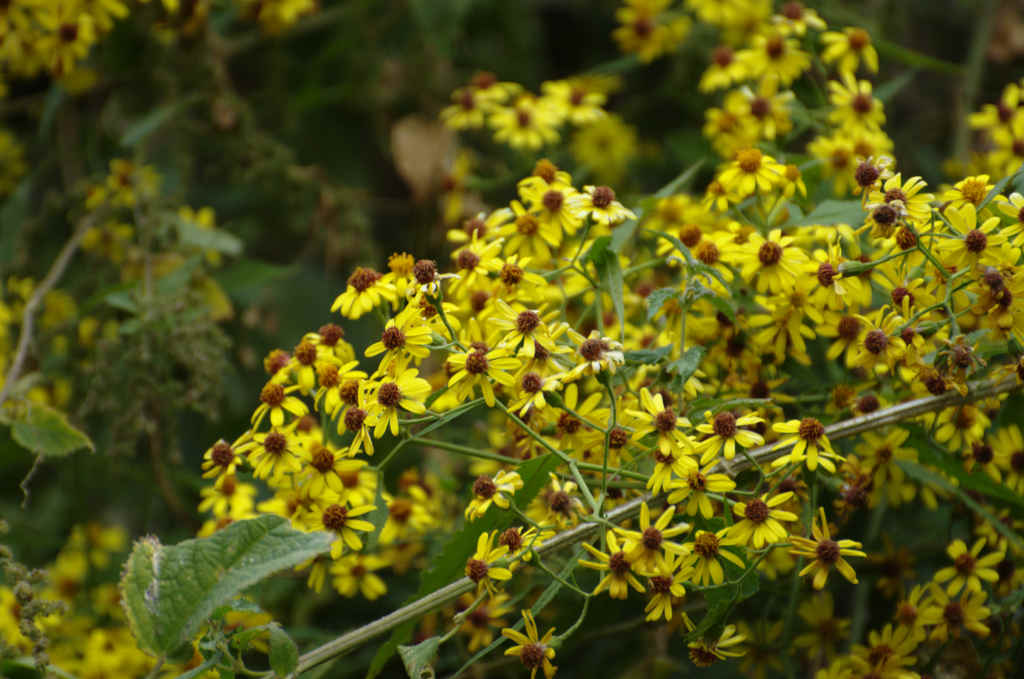These varying climate conditions not only shape the park’s natural beauty but also enhance the experience for those seeking adventure, learning, or connection with nature.

Climate
Climate conditions of GHNP
The climate conditions of GHNP (Great Himalayan National Park) reflect the varied terrain and altitudinal diversity of the western Himalayas. Located in Himachal Pradesh, GHNP experiences four distinct seasons that shape its ecology and biodiversity: spring (April to June), monsoon/summer (July to September), autumn (October to November), and winter (December to March).
Spring is one of the best times to visit, as the Great Himalayan National Park (GHNP) bursts into color with blooming rhododendrons and alpine flowers. During the monsoon season, GHNP receives abundant rainfall, especially between mid-June and mid-September. The maximum annual precipitation in recent years has reached up to 1,298 mm. This rainfall is critical for sustaining the region’s diverse flora and fauna, including rare medicinal plants, vibrant orchids, and endangered wildlife such as the Himalayan monal, musk deer, and western tragopan.
Winter in Great Himalayan National Park (GHNP) is quite harsh, particularly at higher elevations. Snowfall ranges from a few centimetres in the lower valleys to over two meters in alpine regions. These snow-covered areas create important habitats for species adapted to colder climates, such as the Himalayan tahr and snow leopards.
The temperature conditions vary widely with altitude and season. In lower altitudes, temperatures can reach up to 40ºC in June, while higher altitudes may dip to -10ºC or lower in January. These fluctuating climate conditions of GHNP support a broad spectrum of life zones, from subtropical forests to alpine meadows.
Understanding the climate conditions of GHNP is crucial for ecological research, conservation planning, and trekking or ecotourism activities. Visitors are encouraged to prepare for variable weather patterns and seasonal shifts when exploring this UNESCO World Heritage Site.





